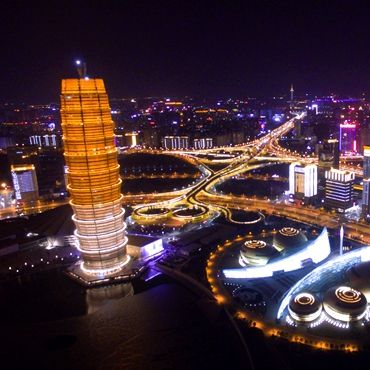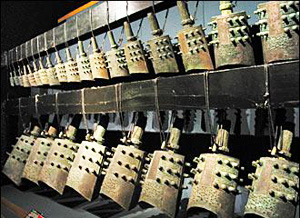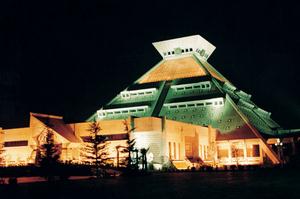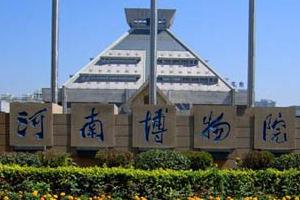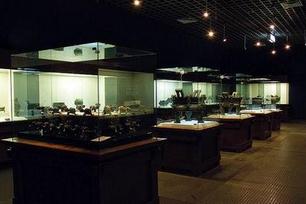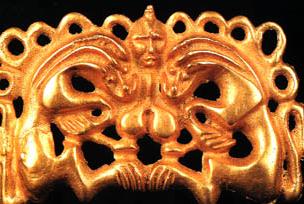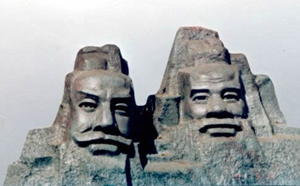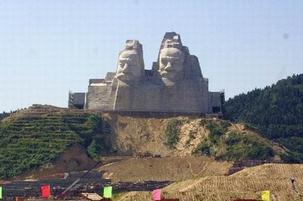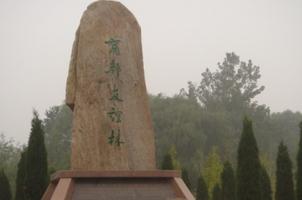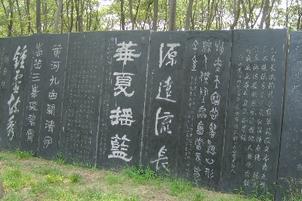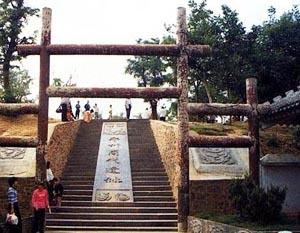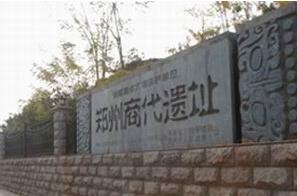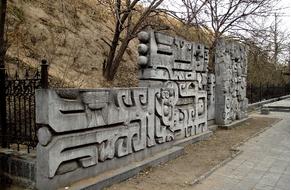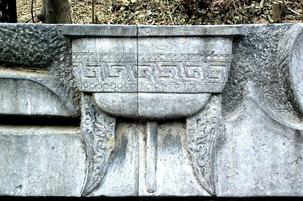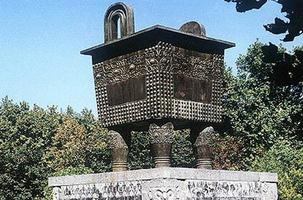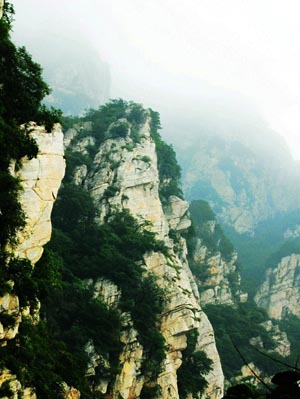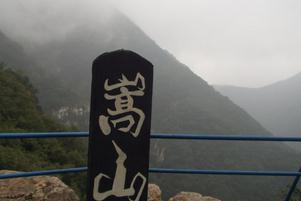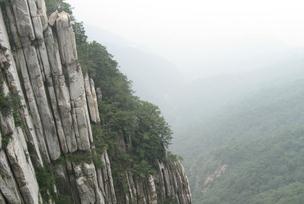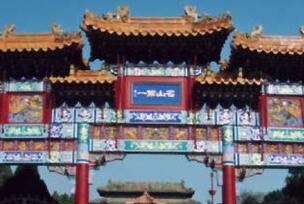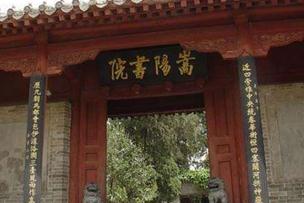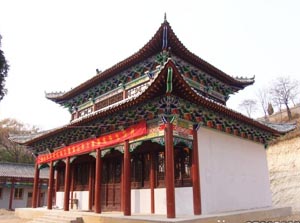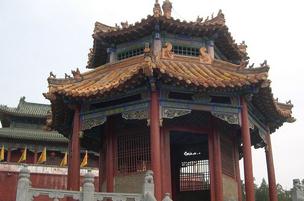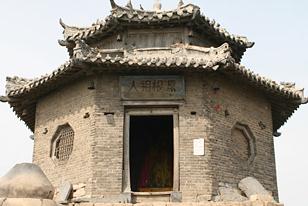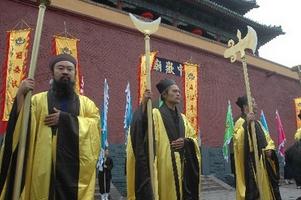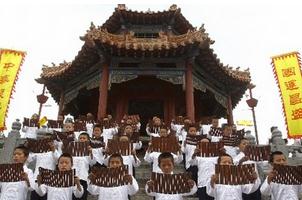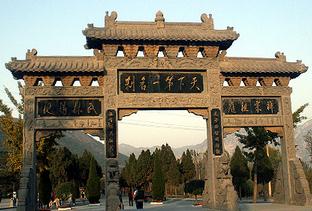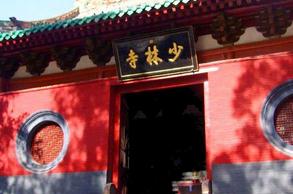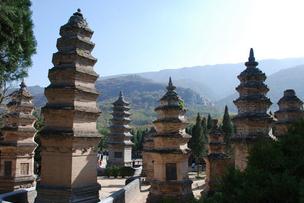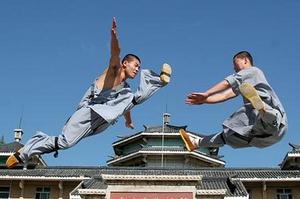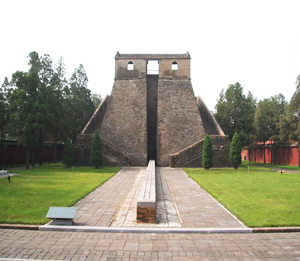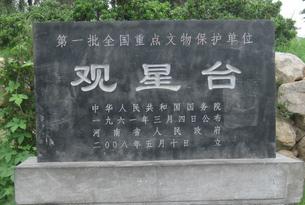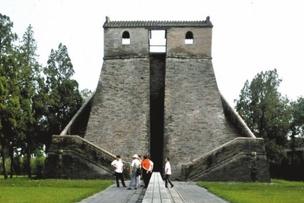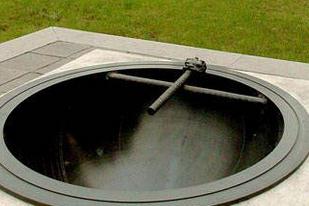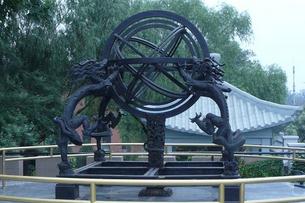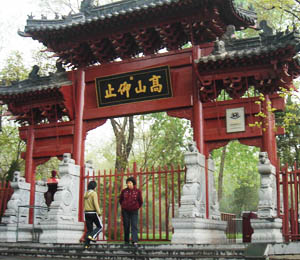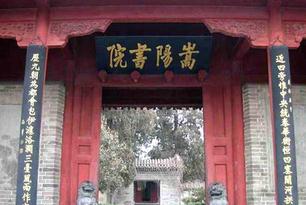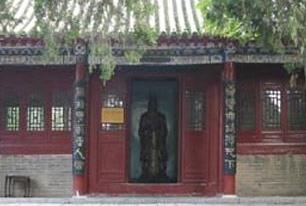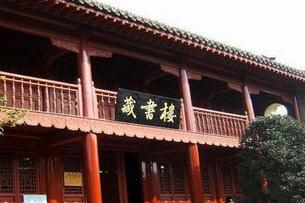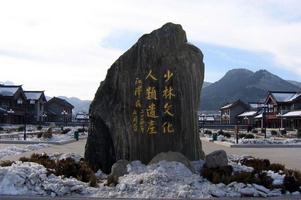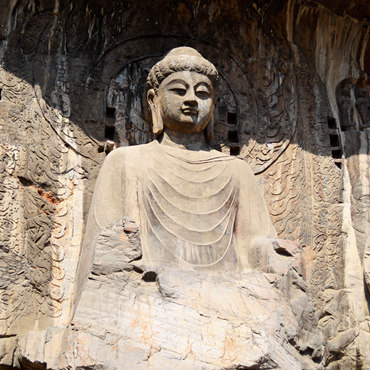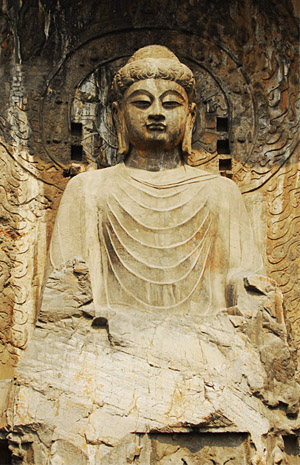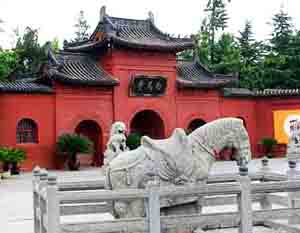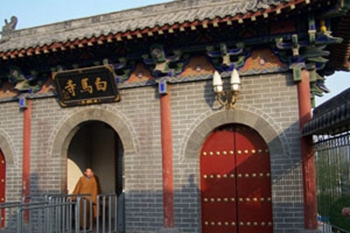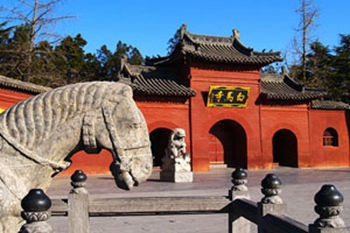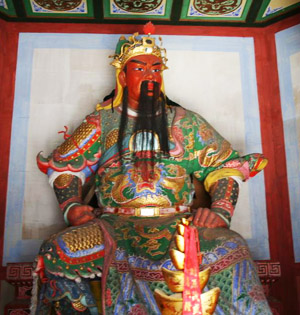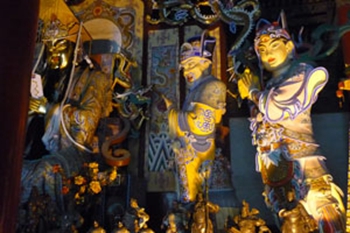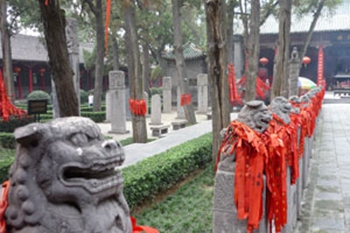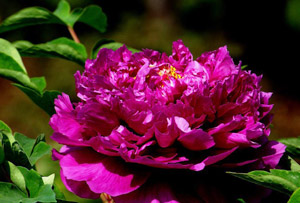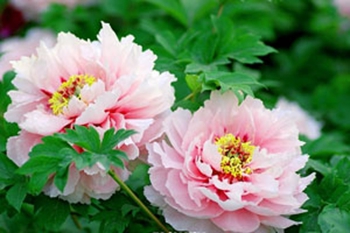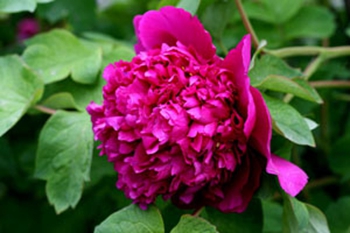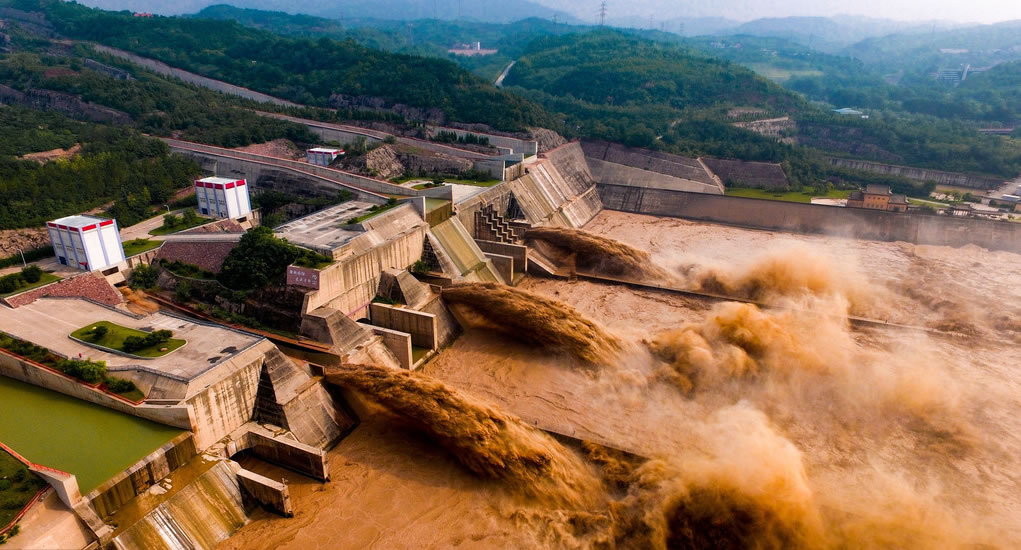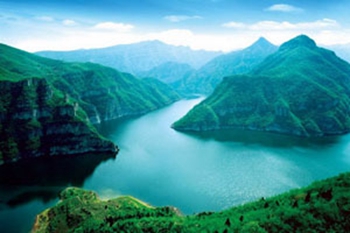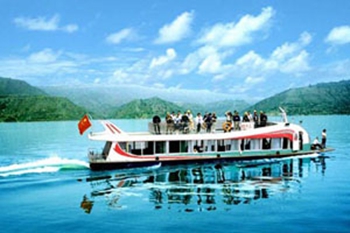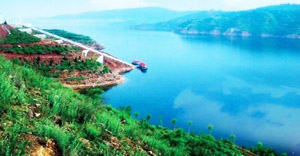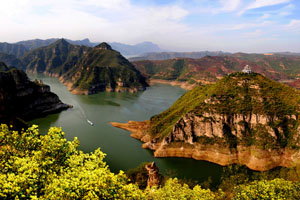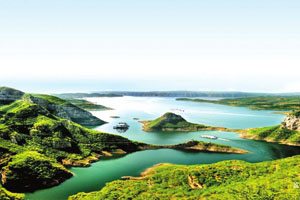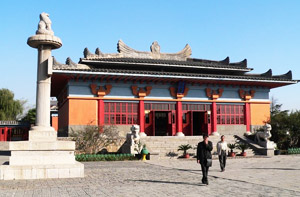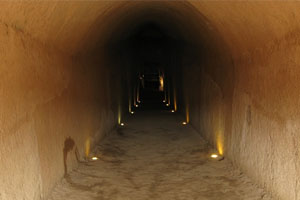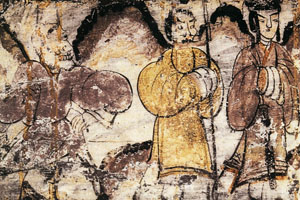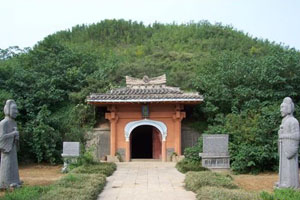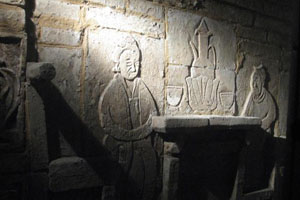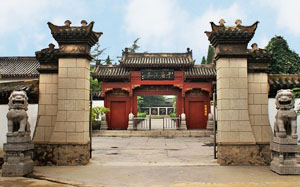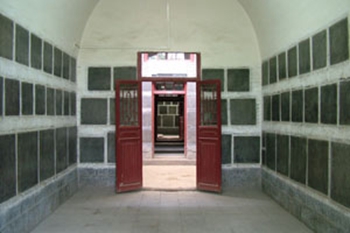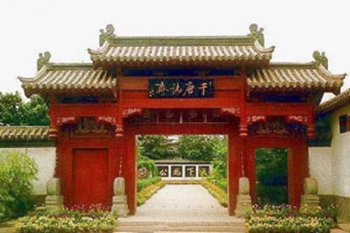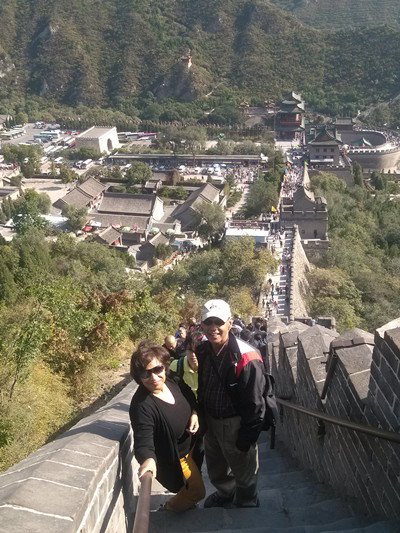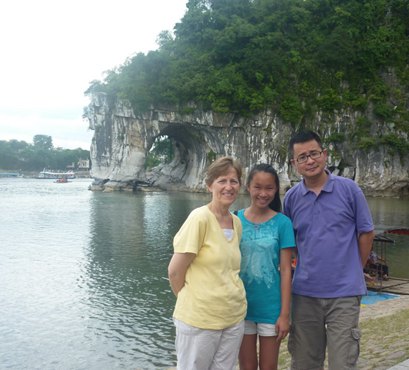Highlights
Visit the cultural relics and historical sites in Zhengzhou and Luoyang,and learn the famous Shaolin Kungfu, this tour will be your best choice.
Itinerary
You will be picked up at your hotel in Zhengzhou in the morning and firstly go to visit the [Yellow River Scenic Area] in Zhengzhou, take hovercraft cruising the river. The Yellow River is the second longest river in China, and also the “Mother River” for Chinese nation and the Chinese civilization stated along the Yellow River. Since 2/3 of Yellow River is sand, so it is difficult to cruise Yellow River, so you can take hovercraft to cruise Yellow River to have a full landscape of the Whole Area, and hug with our mother river.
After the Yellow River Scenic Area, we drive southwest to the [Shaolin Temple], the No.1 famous temple under heaven. This temple was built from between 495AD and 512AD, the 28th patriarch of Sakyamuni in India—Buddi Dama came to the Shaolin Temple and founded Chan Buddihism and Shaolin KungFu. In Shaolin Temple, you can visit the main building of the temple, and then visit the tombs of Shaolin Monks from Tang Dynasty—[Pagoda Forest], where there are 247 pagodas built from Tang Dynasty till now. And then let’s enjoy the [KungFu Show] inside the performance hall for 30 minutes, and you can also learn with the Kung Fu master on the stage. In the evening, enjoy the the [Zen Music Shaolin Grand Ceremony] in the evening, the music director is Tandun, renowned for his Grammy and Oscar award winning scores for Ang Lee’s Movie name “Crouching tiger adn Hidden Dragon”. He gives his greatest work in this striking visual and audio impression containing 5 movements of “Water”, “Wood”, “Wind”, “Light”, “Stone”, with 700 artists and monks performing at the mountain stage of 1400 meter long.
Stay overnight in Dengfeng.
Meals included: Lunch
In the morning we leave Dengfeng for Luoyang, going directly to visit the [Longmen Grottoes] -- one of the three largest grottoes in China. It was built in 496AD, which last for more than 1000 years, have more than 100,000 statues, 2300 caves, 40 pagodas. The biggest statue there is 17.14 meters high and just made according to the appearance of the Tang Dynasty Empress Wuzetian from—the only empress in Chinese history.
Afther the Longmen Grottoes, we come to [Lord Guan’s Temple]. Lord Guan is the famous general of Shu State during the Three Kingdoms Period. His name is Guanyu, and after his death, his head was buried in Luoyang, his body buried in Dangyang.
Then we drive to the east suburb to visit the [White Horse Temple]--he first Buddhist Temple which was built by the government in 68AD during Eastern Han Dynasty. It was used to commemorate two Indian monks.
The tour ends when you’re transferred to your hotel in Luoyang.
Meals included: Lunch
Pricing & Accommodation
-
 US Dollar
US Dollar -
 Euro
Euro -
 GB Pound
GB Pound -
 CA Dollar
CA Dollar -
 AU Dollar
AU Dollar -
 HK Dollars
HK Dollars -
 Renminbi
Renminbi
| 1 person | 2-5 persons | 6-9 persons | ≥10 persons | Single Room Supplement | |
| First Class Tour | $477 | $412 | $359 | $301 | $20 |
| Comfortable Tour | $395 | $352 | $325 | $293 | $12 |
| Standard Tour | $367 | $341 | $313 | $289 | $8 |
* Price in every box above is for each person.
* Price is in US dollar. It may vary a little bit according to US dollar exchange rate fluctuation, car fuel price change and government tax adjustment, etc.
* The price is only for your reference and it is subject to seasons, high or low.Please send us your inquiry if you are interested.
Inclusions / Exclusions
Inclusions:
A. Personal English-speaking Guide
B. Experienced Driver + comfortable Private car/van/bus for the driving part
C. Admission fee for the attractions enclosed in the square brackets in the itinerary.
D. Meal specified in the itinerary.
Exclusions:
A. Gratuities, Tips to local people, the guide and driver
(Although not compulsory, if you think your guide and driver have done a good job at the end of the tour, we suggest you tip them at you own decision to show your appreciations.)
B. Other Personal Expenses.
Important Information
How to Dress (only for reference):
Comfortable walking shoes
Long, loose and comfortable pants
Shorts for summer months (June – September)
Shirts/T-shirts
Warm clothes (Fleece, Jacket, hat and gloves etc.) for Nov-April
Umbrella or waterproof jacket in a cloudy day or rainy day
Cover for backpack or plastic bags to keep clothes dry in case of rain
What to Bring (only for reference):
Wet wipes / Moist towelettes
Sun hat, Sun block, Sunglasses
Insect Repellent
Bottled Water
Small towel
Camera, film and memory chip, battery
Binoculars

